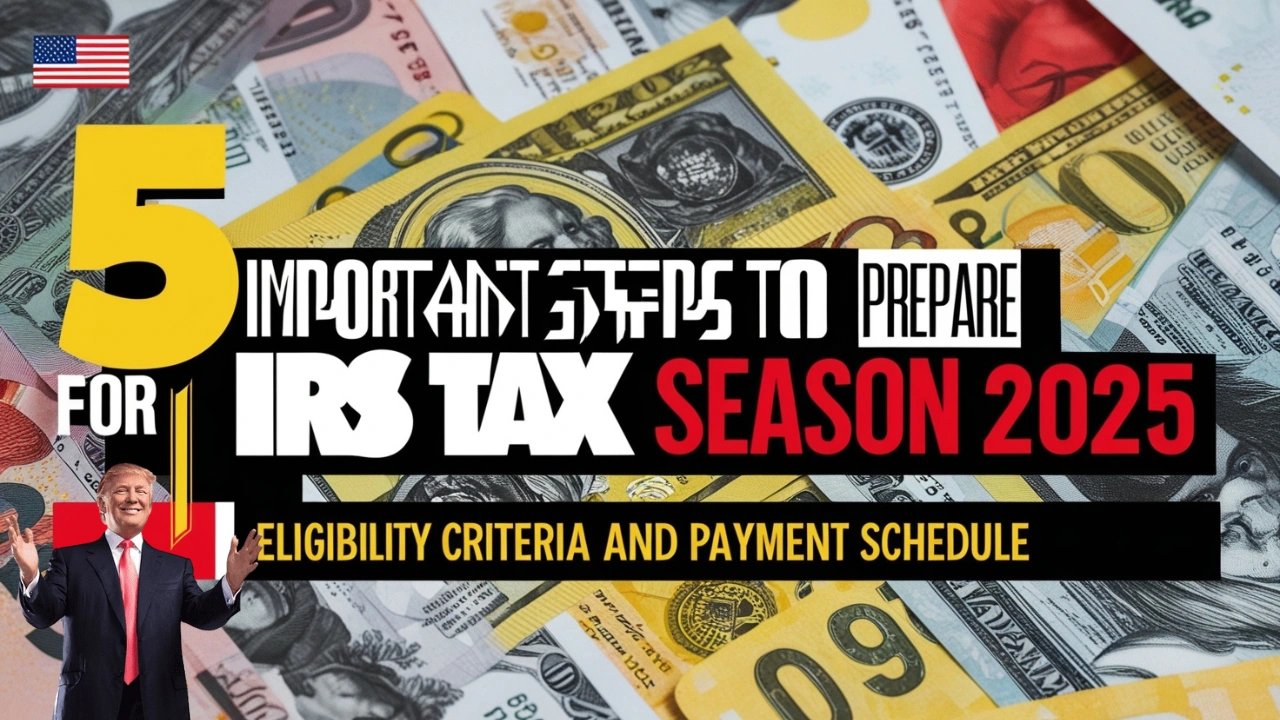As we approach the IRS tax season of 2025, it’s essential for both individuals and businesses to stay informed about the necessary steps for a smooth tax filing experience. From gathering key documents to understanding eligibility for credits and payments, preparing ahead can save you from potential stress and penalties. Here’s a breakdown of the five critical steps you should take to prepare for tax season 2025.
1. Organize Your Tax Documents
The foundation of successful tax filing starts with organizing your documents. The IRS requires accurate records of your income, deductions, and credits to ensure your return is processed correctly.
Documents You Might Need:
- Income Forms: These include W-2s (for employees), 1099s (for freelancers or contractors), or K-1s (for business owners or partnerships).
- Deductions Records: Keep receipts for expenses like medical bills, home office deductions, and charitable donations.
- Tax Credit Documentation: Proof for credits like the Child Tax Credit (CTC), education credits, and energy-efficient home improvements.
Tip: Store your tax documents in a safe, organized way—either digitally using secure cloud platforms or in a physical folder. Apps designed for tax management can help keep receipts and records in one place.
2. Review and Adjust Your Withholdings
If you’ve ever received a large tax refund or faced a tax bill, adjusting your tax withholding might be a wise step. The IRS Tax Withholding Estimator is a free tool that can help you assess if you’re withholding the correct amount.
When to Adjust Withholdings:
- Life Changes: Major life events like marriage, divorce, or the birth of a child can change your tax situation.
- Changes in Income: A new job, a raise, or freelance income may require adjustments to avoid under- or over-withholding.
- Refund Preferences: Some people prefer to have more take-home pay, while others aim for a larger refund.
Example: Sarah, a freelance worker, used the Tax Withholding Estimator to adjust her W-4 after starting her side business, preventing underpayment penalties.
3. Set Up an IRS Online Account
Creating an online account with the IRS can streamline your tax filing process by allowing you to access important documents, payment history, and prior tax returns. It’s also a great tool for managing security, such as requesting an Identity Protection PIN.
Benefits of an IRS Online Account:
- Easy access to past tax returns and payment history.
- Ability to check the status of your refund or tax return.
- Added security through multi-factor authentication.
Example: John, a self-employed graphic designer, relied on his IRS online account to manage his estimated tax payments and track his filings efficiently.
4. Know Your Eligibility for Tax Credits and Deductions
Understanding which tax credits and deductions apply to you can make a significant difference in reducing your taxable income. Some of the most popular tax credits include:
- Earned Income Tax Credit (EITC): Available for low to moderate-income earners.
- Child Tax Credit (CTC): Up to $2,000 per qualifying child.
- Education Credits: The American Opportunity Tax Credit (AOTC) and Lifetime Learning Credit (LLC) for qualifying educational expenses.
Additionally, you can choose between the standard deduction or itemized deductions (e.g., mortgage interest, medical expenses, and property taxes) based on what benefits you more.



